Thinking of renovating the roofing at your restaurant or place of business? Well…expect a different kind of bill from the one someone renovating a residential building would get.
Flat roofs are usually the preferred choice for commercial buildings for many reasons. They reduce structural load, ease up HVAC installation, and are cost-effective.
However, it doesn't make replacing a commercial flat roof a small project.
Planning a flat roof replacement project is a significant investment involving more than just swapping out materials. There are many moving parts involved, and each one impacts the cost.
So, let’s look at the breakdown of the cost of commercial flat roof replacement and the key factors that influence pricing.
Average Commercial Flat Roof Replacement Costs
Commercial flat roof replacement varies according to the specifics of the project. Not just that, even the roofing company you contract, for instance, can, to a large extent, determine what the pricing will be.
The Springfield Roofing company, for instance, can give you an estimate for your commercial flat roof replacement by square footage, between $5 and $12 per square foot.
However, while prices can be as low as $3 per square foot, it is not uncommon for the cost to be as high as $20 of the same size. What you pay depends on the material you use and the specific complexity of the roofing project.
Here’s a breakdown of an estimated commercial flat roof replacement cost by roof size:
|
Roof Size (sq. ft.) |
Low-end Cost |
Mid-range Cost |
High-end Cost |
|
1,000 sq. ft. |
$3,000 – $5,000 |
$5,000 – $15,000 |
$15,000 – $30,000+ |
|
5,000 sq. ft. |
$20,000 – $30,000 |
$25,000 – $50,000 |
$50,000 – $100,000+ |
|
10,000 sq. ft. |
$30,000 – $50,000 |
$50,000 – $100,000 |
$100,000 – $200,000+ |
Keep in mind that these numbers are averages. Complex projects involving structural repairs, insulation upgrades, or high-end membranes will fall at the higher end of the spectrum.
What Determines the Cost of a Flat Roof Replacement?
The size of your roof is the most obvious factor that can drive up your commercial flat roof repair cost. However, other major factors also contribute to determining the cost of a commercial flat roof replacement.

These factors include:
-
Roof size and complexity
Larger roofs require more material and labor, and in most cases, they even have complex layouts—multiple elevations or cutouts, such as skylights, solar panels, and vents.
These features must be worked around or temporarily removed, increasing time and complexity. All these add to the time and difficulty of installing a new roof.
Since commercial roofs are often priced per square foot, small changes in size can lead to big shifts in your budget.
-
Roofing material choice
Second to roof size and complexity; the type of material you choose for your roofing project can affect your cost.
Some materials, like Built-Up Roofing (BUR), are budget-friendly. Although slightly heavier and more labor-intensive to install. Others, like PVC or TPO, are lighter and more energy-efficient. It makes PVC or TPO quicker to apply, but they come with a higher price tag.
Your roofing material choice not only affects cost but also performance, longevity, and energy savings. As much as you would consider the commercial flat roof cost per square foot, you should consider materials when drawing up your budget.
Here’s a comparison of the most common commercial flat roofing materials and their cost range:
|
Material |
Cost per Sq. Ft. |
|
Built-Up Roofing (BUR) |
$3 - $7 |
|
Modified Bitumen |
$4 - $8 |
|
Ethylene Propylene Diene Monomer (EPDM) |
$5 - $9 |
|
Thermoplastic Polyolefin (TPO) |
$6 - $10 |
|
PVC |
$7 - $12 |
-
Current roof condition
An often overlooked factor that can increase your commercial flat roof replacement cost is the condition of your roof.
Bad conditions, such as water damage, rot, or multiple layers, all require extra work. These add to the cost of your roofing project, as it will need to cover the cost of removing old materials.
Depending on the case, there may be a need to address any structural damage before new materials get installed, further driving up labor costs.
-
Roof accessibility
A building surrounded by many obstacles or multi-story high limits access. It invariably impacts cost.
Added costs like the use of special equipment—cranes, hoists, or scaffolding—are what increase the cost.
Easier access means faster work and lower labor costs.
-
Geographic location
Labor and material costs vary regionally. Roofs in major urban centers or coastal regions often cost more due to higher labor rates.
Plus, there are often stringent building codes and limited material availability, which contribute to the cost of commercial flat roof replacement.
-
Permits and building codes
Commercial roof replacement must comply with local building regulations.
Compliance often involves obtaining permits, conducting inspections, and utilizing specific materials or designs.
These mandatory upgrades can add hundreds, or even thousands, to your project. It all depends on the regulations in your city or county.

Extra Costs You Might Encounter
For major projects like roof replacement, hidden costs are often the ones that catch you unawares.
Beyond the main roof replacement cost, you should foresee and make provisions in your budget for these extra, ‘hidden’ costs.
-
Structural repairs
Before you lay new materials, it's only logically right to fix any damage to the roof deck or framing.
It can involve replacing wood or steel components, reinforcing joists, or fixing leaks and rot. All these can easily add an extra $1 - $5 per sq. ft., depending on the extent of the damage.
-
Upgraded insulation
Adding or upgrading insulation improves energy performance.
However, it also adds to the material and commercial flat roof installation cost. Insulation is crucial in flat roof systems to manage indoor temperature and prevent moisture buildup.
Like structural repairs, it can add about $1.50 - $3 extra per sq. ft., especially for tapered or energy-efficient systems.
-
Drainage system enhancements
Proper drainage is critical for flat roofs. Your project may require new scuppers, internal drains, or even a full redesign using tapered insulation.
The cost range can be an estimated $500 to about $3,000+.
-
Permits, inspections, and disposal
Expect to pay for building permits and municipal inspections for your commercial flat roof replacement.
Plus, extras will also involve removal or disposal of old roofing, particularly those containing hazardous materials such as asbestos. The cost for disposal may amount to about $1 - $2 per sq. ft.
Here’s a quick look at these potential add-ons:
|
Additional Expense |
Estimated Cost |
|
Structural Repairs |
$1 - $5 per sq. ft |
|
Insulation Upgrade |
$1.50 - $3.00 per sq. ft. |
|
Drainage Improvements |
$500 - $3,000+ |
|
Permits and Inspection Fees |
$200 - $2,000+ |
|
Tear-Off and Disposal |
$1 - $2 per sq. ft. |
Conclusion: Counting Costs, Raising Roofs
Undertaking a commercial flat roof replacement is an important project. It ensures your property, inventory, and equipment have the best protection, and it's also a significant long-term investment—if done right.
Costs can vary from $2,000 to as high as $30,000. The significant variation in cost depends on factors such as size, materials, location, and the condition of your current roof.
However, with the right plan, a clearly set budget, and opting for the right roofing system, you can ensure long-term durability and energy savings.
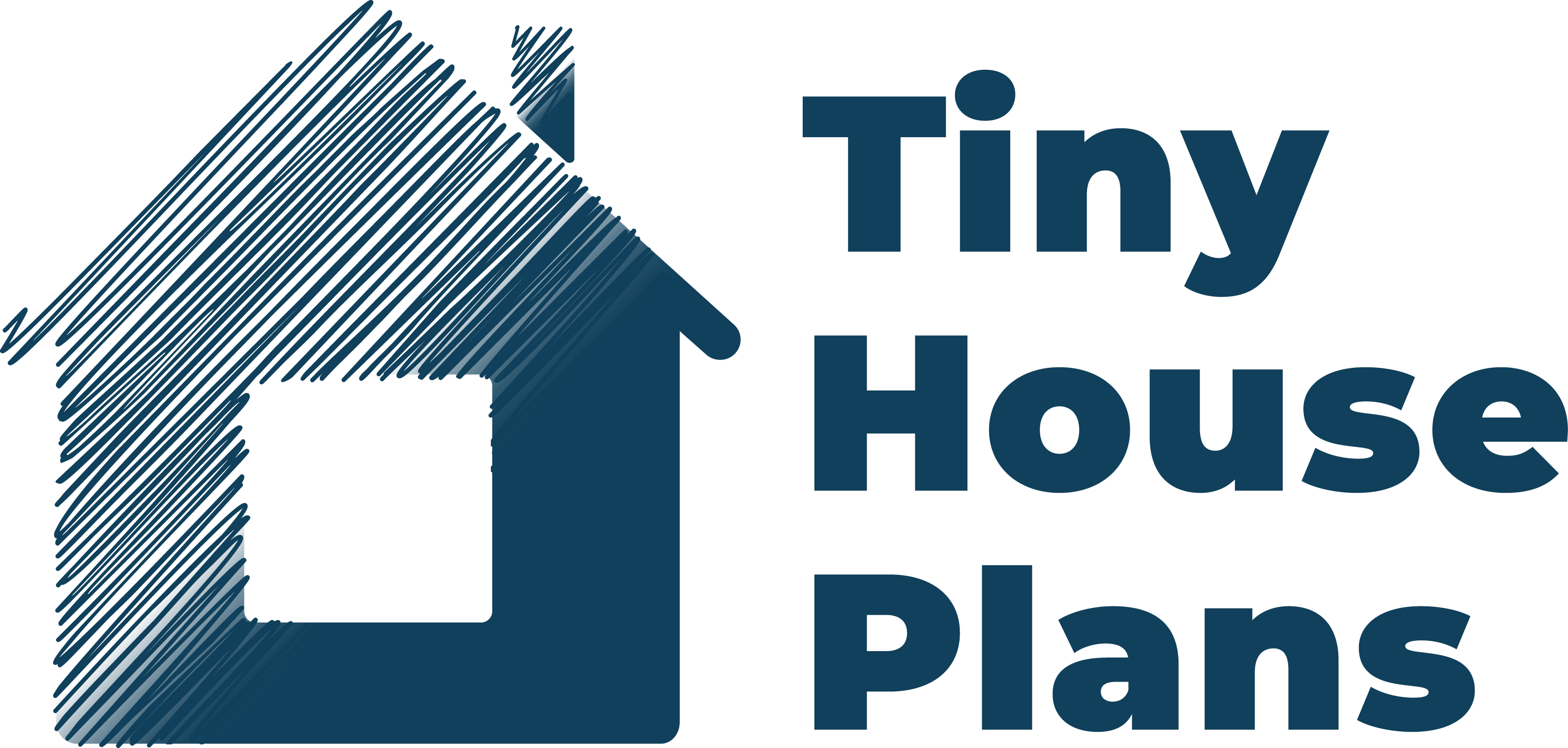

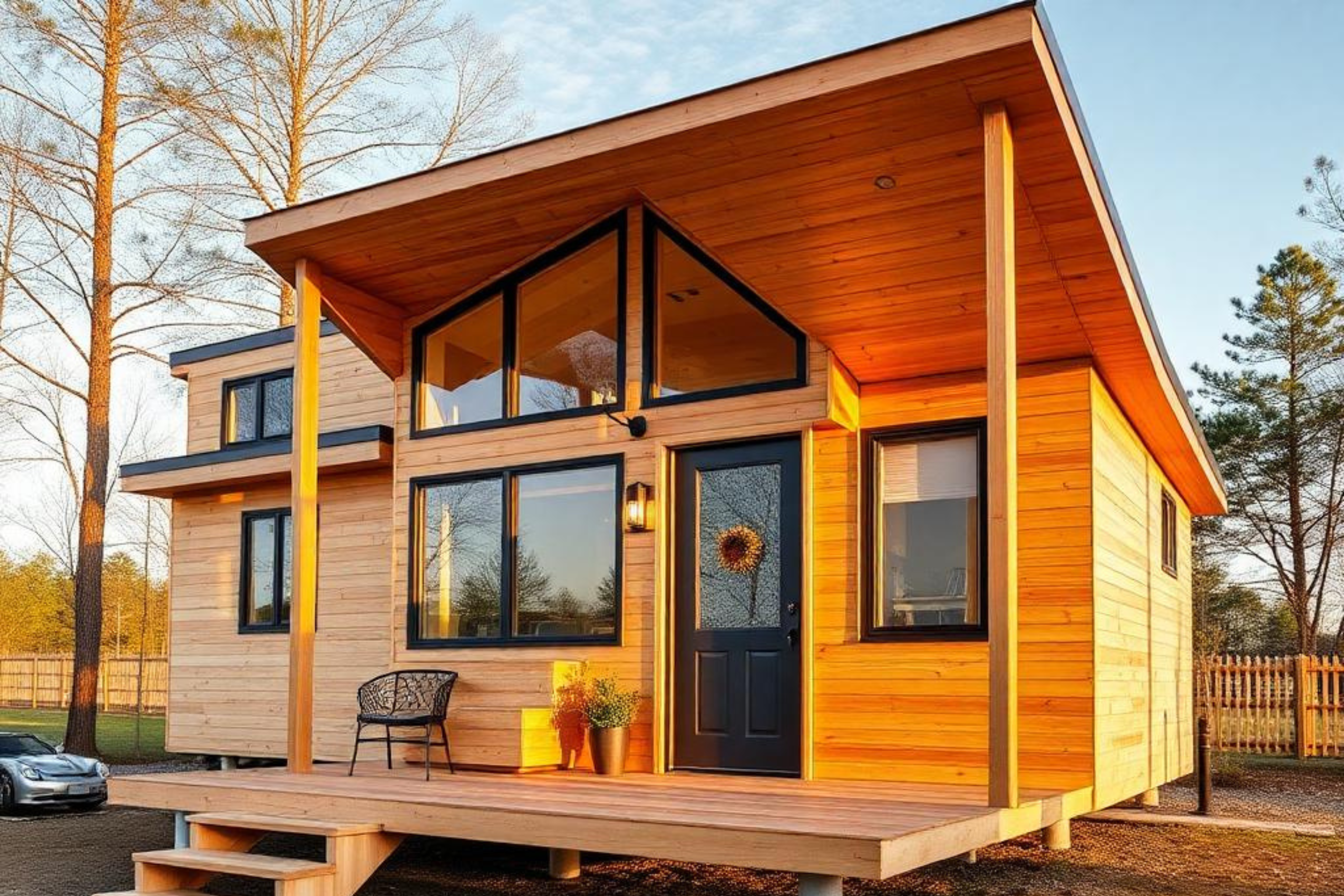
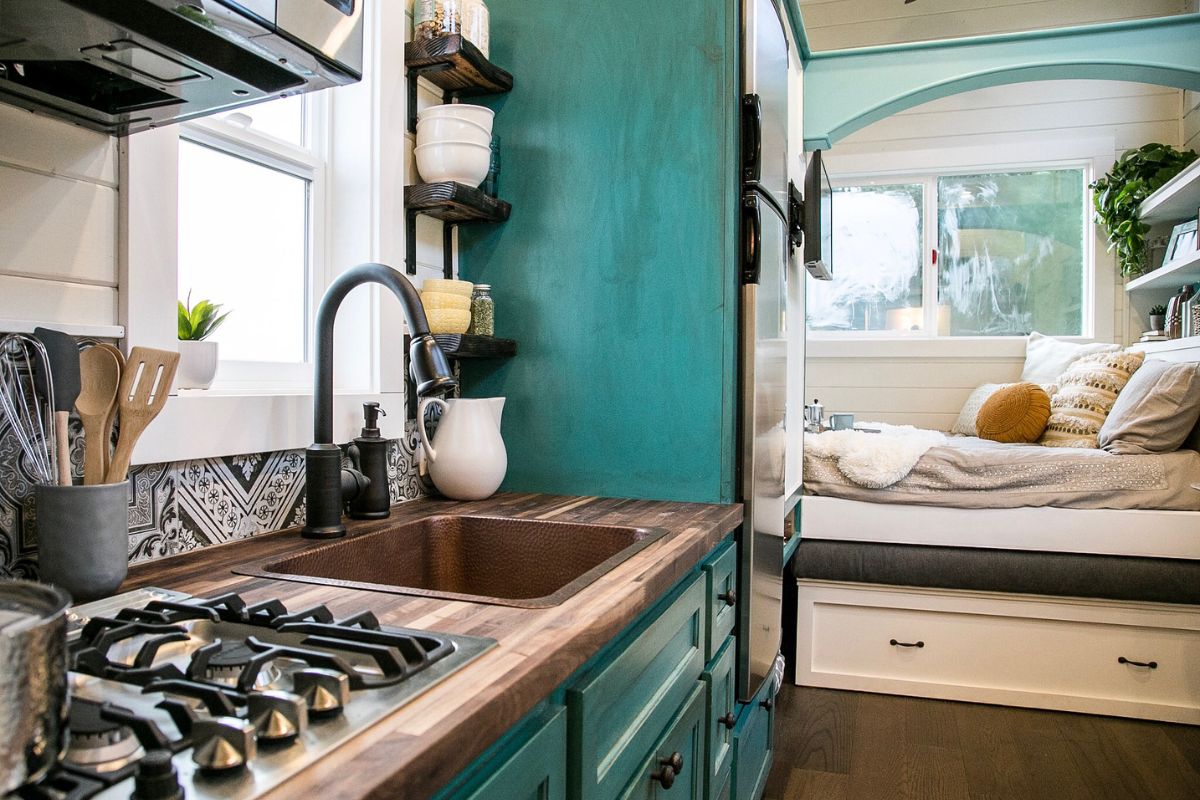
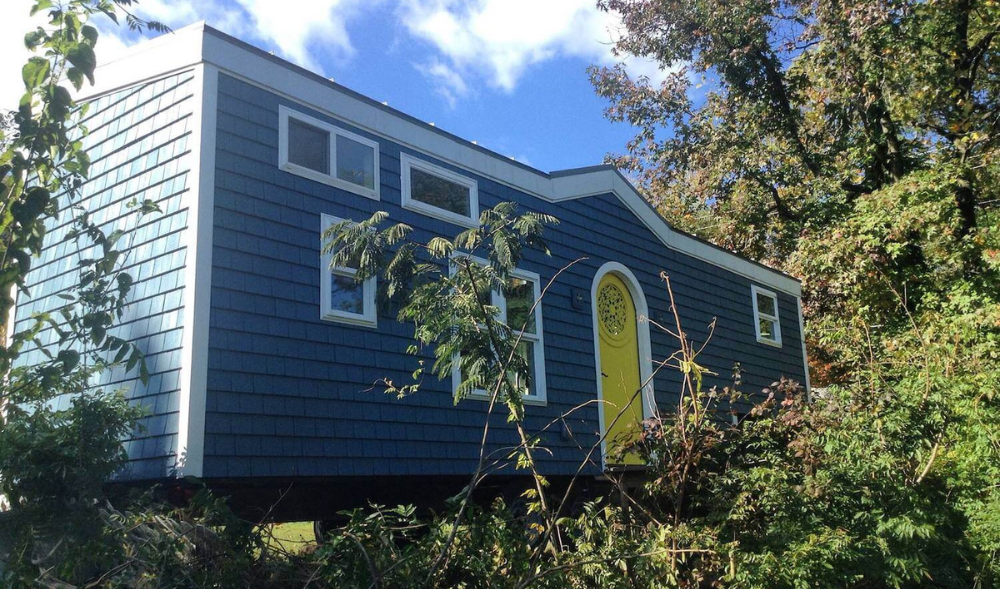
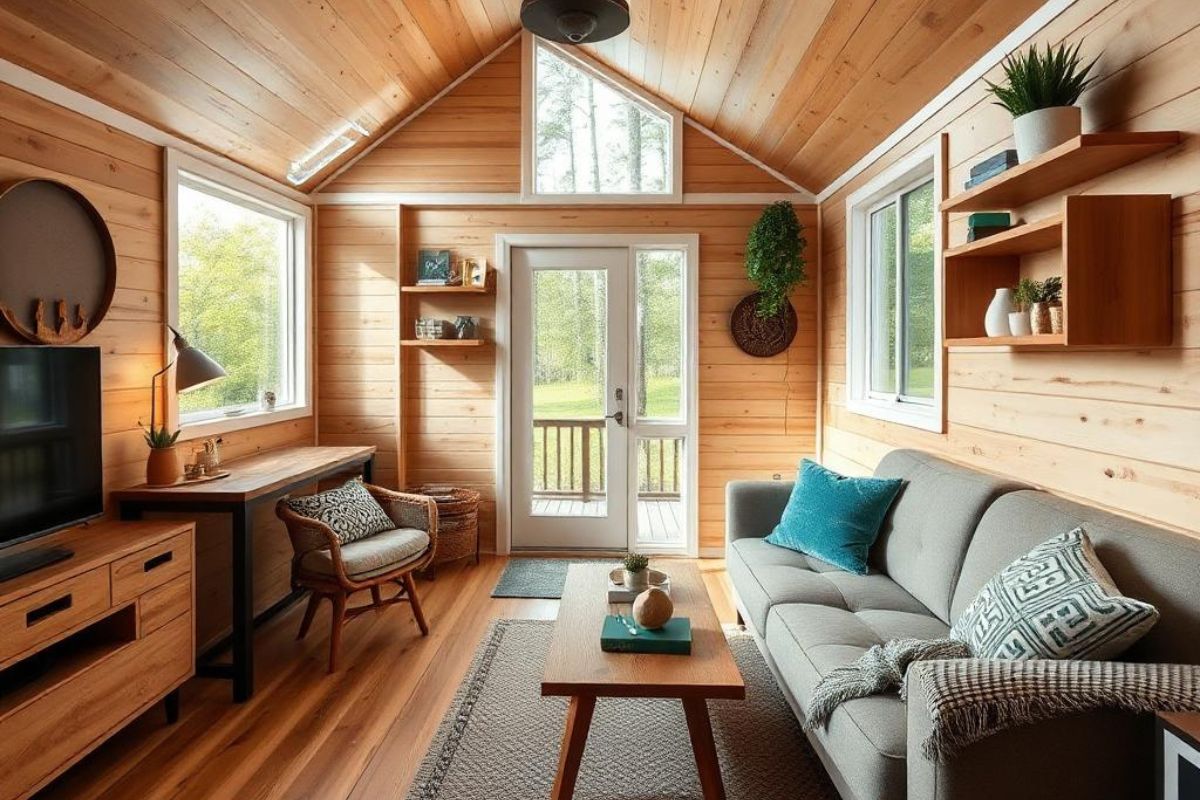
Share: